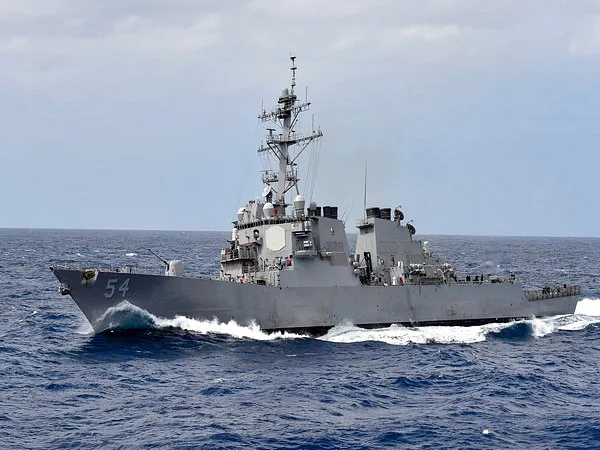Chinese People’s Liberation Army (PLA) Navy’s second Type 055 stealth guided missile destroyer the Lhasa tested the vessel’s air defence, maritime attack and anti-submarine capabilities in a three-day military exercise in Yellow Sea on May 15, stated Global Times.
Analysts said (PLA) Navy’s second Type 055 large destroyer the Lhasa tested the vessel’s air defence in mock battles and it could be in the wake of rising political tensions between China and Taiwan.
Several reports have said that the recent Chinese navy activity near Taiwan’s east coast poses a significant threat. The highest number of intrusions on a single day in 2022 so far occurred on January 23, when the military spotted 39 People’s Liberation Army Air Force (PLAAF) aircraft.
With experts saying on Sunday that the destroyer is now ready for far sea missions beyond the first island chain, analysts also predict that the Lhasa will follow the steps of the Nanchang, the first hull in the Type 055 class, and start far sea voyages and join aircraft carrier groups this year.
Acccording to Global Times, the tests were made more challenging for submarines, as early warning aircraft and helicopters joined the assessment, China may be gearing up to attack smaller rivals in the South China sea.
With the completion of the full-course training assessment, the Lhasa is now at 100 per cent in terms of combat capability, with the crew well integrated with the ship’s advanced weapons and equipment, Wei Dongxu, a Beijing-based military expert, told the Global Times on Sunday.
This is demonstrated by the participation of other vessels and aircraft, as they can help examine the Lhasa’s capabilities in facing real targets and test its coordination with other elements in joint combat, Wei said.
With 112 vertical launch missile cells capable of launching a combination of surface-to-air missiles, anti-ship missiles, land-attack missiles and anti-submarine missiles, the Type 055 is widely believed to be one of the more powerful surface vessels in the world.
Beijing claims full sovereignty over Taiwan, a democracy of almost 24 million people located off the southeastern coast of mainland China, despite the fact that the two sides have been governed separately for more than seven decades.
Taipei, on the other hand, has countered the Chinese aggression by increasing strategic ties with democracies including the US, which has been repeatedly opposed by Beijing. China has threatened that “Taiwan’s independence” means war.

